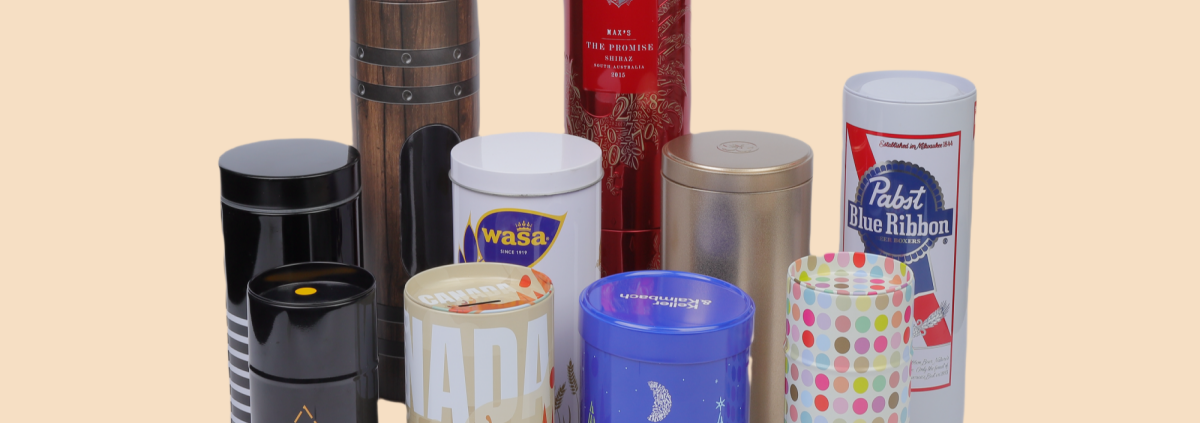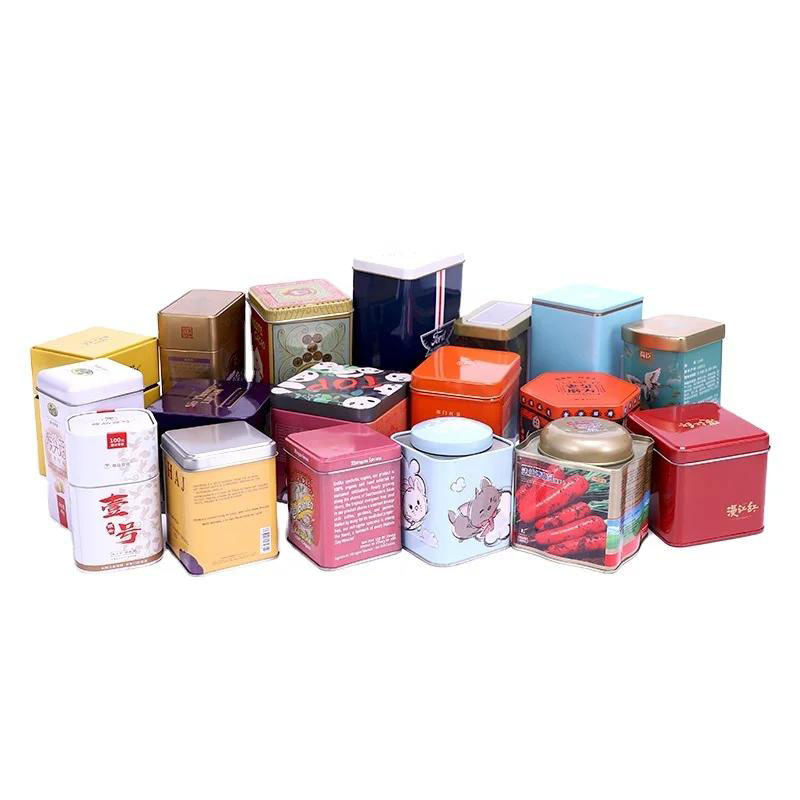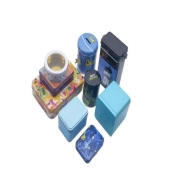What are the anti-slip bottom treatment methods for custom metal tins?
When we design and manufacture custom metal tins for our clients, one of the most popular features is non-slip protection on the base of the can. Non-slip bases prevent cans from sliding on smooth countertops, reducing the risk of accidental tipping, while also enhancing the perceived quality in retail displays and home use. We incorporate everything from rubber pads to embossing to strike a balance between functionality and aesthetics. A comprehensive approach ensures that each custom tin remains firmly in place, regardless of the environment or usage scenario.
Integrating Molded Rubber Pads into Custom Metal Tins for Enhanced Traction
One of the most effective non-slip treatments I use on custom metal tins is to integrate molded rubber pads directly into the base of the can. We use 40 Shore A EPDM rubber pads, which provide an ideal balance of grip and durability, and we bond them with a high-strength, weather-resistant adhesive that can withstand repeated handling and temperature fluctuations. This design positions the rubber pads to align with the can’s weight distribution, typically placing three to four pads per base to ensure even support and maximize contact area. During production, I use precision CNC-cut jigs to apply adhesive and place rubber pads evenly across thousands of products. The resulting custom metal tins exhibit superior anti-slip properties on glass, marble, and laminate surfaces, thereby enhancing both safety and the user experience.
Applying Silicone Anti-Slip Coating to Custom Metal Tins
Another anti-slip solution we use is a liquid silicone coating on the bottom of a custom metal tin. The benefit is that in addition to providing a soft touch, the silicone layer absorbs micro-vibrations and reduces noise when the can is moved. This makes it ideal for high-end gift cans where appearance and user comfort are essential. I choose food-safe, UV-curable silicone formulas that cure in 60 minutes at room temperature, increasing the yield of our production lines. By controlling the coating thickness (typically 0.5 to 1 mm), a uniform matte effect is achieved, which can also blend seamlessly with printed or painted tin surfaces. Our quality inspections include peel testing and coefficient of friction measurements to ensure that each custom tin maintains stable contact on dry and slightly damp countertops.
The embossed pattern on the bottom for enhanced mechanical grip
In addition to adding material, I also take advantage of the can’s structure by embossing non-slip patterns directly on the metal base. I design raised dots, ribs, or geometric textures on the base during the stamping process. The embossed pattern thus increases friction by forming micro-anchor points that grip the underlying surface. The core of the process involves programming the hydraulic press to consistently emboss to a depth of 0.2 mm, ensuring a crisp pattern without compromising the structural integrity of the can. This approach eliminates the need for additional parts or adhesives, simplifies the assembly process, and reduces the potential for adhesive failures. Customers appreciate that our metal cans retain a clean, unchanging visual profile while still having the strong non-slip properties inherent in the can itself.
Enhanced surface grip with textured roller embossing
For high-volume custom tin cans, I typically emboss the bottom with a textured roller before sealing. For example, a quick-change rotary embossing roller can emboss a dot or crisscross pattern in a single pass. Additionally, this continuous process integrates seamlessly into our existing canning lines, with no additional handling steps required. I optimized roller hardness and pattern spacing to achieve a coefficient of friction of over 0.6, surpassing industry benchmarks. Because the system performs this process inline, turnaround times remain fast, and the embossing gradually wears away while maintaining non-slip properties even after hundreds of cleaning cycles. This approach to custom tin cans ensures both high production efficiency and consistent non-slip performance.
Adhesive Non-Slip Feet for Modular Flexibility
Finally, for packaging applications that require removable or custom non-slip features, I offer adhesive rubber feet that the customer can install after production. In addition to the non-slip feature, these peel-and-stick feet allow the end user to replace worn pads as needed. As a result, the can maintains performance throughout its lifecycle. I source premium thermoplastic elastomer feet and utilize a pressure-sensitive adhesive rated for a 5 kg shear load, ensuring that each custom kit includes alignment guides to ensure that square, hexagonal, or round feet are correctly placed, thereby enhancing functionality and final appearance. This modular solution is ideal for limited-edition packaging or scenarios that require on-site customization, offering customers maximum flexibility and customization options.
It provides you with a better anti-slip treatment for your bottom.
Effective anti-slip bottom treatment for custom metal tins combines material science, precision manufacturing, and user-centered design. I integrate molded rubber pads, liquid silicone coatings, embossed textures, texture rolling, and adhesive foot designs so that each method can be tailored to different production volumes, aesthetic requirements, and end-use scenarios.












 Facebook
Facebook Twitter
Twitter Linkedin
Linkedin
